This article contains references to suicide, which can be upsetting for some readers. Proceed with caution.
Summary
- Netflix’s One Piece adaptation received positive reception, potentially breaking the trend of poorly-made live-action adaptations.
- Eiichiro Oda’s involvement in the project allowed for changes that enhanced the series, showing respect for the original creator’s vision.
- Other live-action adaptations faced backlash and tragic outcomes due to disrespecting the original work, unlike the careful approach of the One Piece adaptation.
Death, taxes, terrible live-action adaptations of anime, cartoons and video games. These have been the irrefutable, inescapable realities of our world for a long time, especially the last one. Every major franchise in anime and manga has been adapted in various ways to varying degrees of success, but one thing that is an unfortunate fact is that the gap between animation or drawings and live-action film adaptations is that it has seemed, in various ways, insurmountable.
From the travesty of Dragon Ball Evolution and the indelible stain of BLEACH, to the gigantic mistake of Attack on Titan and the major miscalculation of Ghost in the Shell, live-action adaptations have truly been a bane in the lives of anime fans everywhere. However, Netflix’s One Piece adaptation was met with positive reception. Could it be the adaptation that kicks off the age of well-made live-action anime adaptations?

RELATED
What Does It Take To Make A Good Live-Action Anime Adaptation?
Live-action anime adaptations can be tough to get right. So what exactly does it take for a live-action adaptation to be considered a success?
Some Background Information on Netflix’s One Piece
How One of the Most Ambitious Live-Action Attempts Came to Be
In July 2017, Weekly Shōnen Jump editor-in-chief, Hiroyuki Nakano, announced that a live-action, American television adaptation of Eiichiro Oda’s One Piece would be produced by Japanese publisher Shueisha and Tomorrow Studios, a partnership between ITV Studios and Marty Adelstein. The live-action One Piece adaptation formed part of the 20th anniversary celebrations of the manga’s serialization.
In January 2020, Oda revealed that Netflix had ordered ten episodes of the live-action One Piece, which was initially set to begin filming in Cape Town, South Africa, in August 2020 but got delayed to September due to the COVID-19 pandemic. By September that year, the series’ cast had not yet been selected, with casting initially slated to start in June. Production started up in March 2021, with the logo revealed in September, and Marc Jobst, known for directing other Netflix series like Luke Cage and The Witcher, was announced to be directing the pilot. November 2021 saw the reveal of the series’ cast through the familiar “Wanted” posters seen throughout the manga and anime:
- Iñaki Godoy as Monkey D. Luffy
- Mackenyu as Roronoa Zoro
- Emily Rudd as Nami
- Jacob Romero Gibson as Usopp
- Taz Skylar as Sanji
The first set of additional cast members announced for the live-action One Piece include:
- Morgan Davies as Koby
- Ilia Isorelýs Paulino as Alvida
- Aidan Scott as Helmeppo
- Jeff Ward as Buggy
- McKinley Belcher III as Arlong
- Vincent Regan as Garp
- Peter Gadiot as Shanks
The live-action adaptation of One Piece is one of the most ambitious efforts to adapt an anime or manga to the small screen, with Adelstein saying long before the series was realized that it would likely break records in terms of production costs, but beyond that, the very act of convincing the series’ author to accept any level of deviation from his original vision was a major hurdle.
Are Live-Action Adaptations Really That Bad?
From Terrible, To Downright Deplorable
Live-action adaptations of any medium are notorious for disrespecting the original work or, at times, being the work only in name, and at the worst end of things, in projects where the original author’s voice is ignored, we end up with the kinds of adaptations that quite literally ruin lives. This was the unfortunate case of the live-action adaptation of the late Hinako Ashihara’s Sexy Tanaka-san, a josei romantic comedy manga originally serialized in Shogakukan’s Anekei Petit Comic digital from August 2017 to December 2023.
It was adapted into a 10-episode TV series which ran from October to December 2023. The first eight episodes largely followed the manga, but Ashihara reportedly wrote the last two, which had supposedly been as per her agreement with the broadcaster in terms of what would take place should she be dissatisfied with the script. It was, however, rushed, and she apologized for the quality due to her inexperience as a screenwriter in a blog post she wrote on January 26, 2024, in which she claimed that the broadcaster, NTV, did not uphold their agreement to faithfully adapt the manga. She thanked the production staff for their work, but later deleted the blog post entirely and issued an apology. She was later found dead in Nikkō, Tochigi Prefecture on January 29th, in a suspected suicide.
Following word of her death, NTV issued a statement on the same day claiming to have gone through the proper channels; that she had been consulted and approved the script, which Ashihara cited had deviated greatly from the original scenario. After an internal investigation, the results of which were published in June 2024, it was discovered that there had been a miscommunication between the Sexy Tanaka-san manga publisher, Shogakukan, and NTV, with none of Ashihara’s concerns and conditions for faithful adaptation having been conveyed to the broadcaster.
Whether it was stress from being overworked, or directly because of dissatisfaction with the quality of the adaptation, Ashihara’s case is one of the most deplorable outcomes for any media project. Live-action adaptations don’t always result in the tragic death of the series’ author, but the tragic case of Hinako Ashihara is the culmination of the most commonly cited problems with such projects: the lack of respect for the author’s vision, narrative, themes, and characters; not to mention the underlying belief that animated works are lack a certain “completeness” that can only be achieved by striving for a closer emulation of “reality” only possible through live-action adaptation.
The Difference
What About Netflix’s One Piece Series Makes It Different?
Showrunner Steven Maeda described having to persuade Oda for certain changes to the story to be made, changes which the series author ultimately praised as potentially being better portrayals of certain aspects of the story than the original manga. There were several obstacles for the production to overcome before we even mention the point of visuals, but one aspect that made fans everywhere trust the process was the closeness of Eiichiro Oda’s involvement in the project. In July 2023, Oda released an open letter in which he shared some very honest thoughts and feelings about the production of the live-action One Piece, especially the part where he, like fans, wondered if it would even be possible for a Hollywood adaptation to capture the essence of the series.
There were a couple of things that took some persuading. And if there was something that Oda-san was really, really unhappy with, we found a way to change it. But there were some things that we tried and got into the show that initially, he was a little gun shy about. One of those was [that] we’ve structurally moved a couple things up that don’t happen until much later chapters.
– One Piece showrunner Steven Maeda, in an interview with Screenrant
He revealed that Netflix wouldn’t go forward with certain aspects if he wasn’t satisfied with them, but he was also open to being convinced. Iñaki Godoy’s performance as Luffy helped bring to life certain lines that Oda didn’t think fit the character, but overall, his commitment to the success of this project can be summarized by the quote, “I read the scripts, gave notes and acted as a guard dog to ensure the material was being adapted in the correct way”, so unlike the tragic adaptations of countless other series, one of the main reasons why One Piece was able to break the live-action adaptation curse was due to the production’s respect for the author and his opinions. With the second season greenlit, and word of a third coming after that, it’s looking very likely that Netflix’s One Piece adaptation will go down in history as the series that broke anime’s live-action adaptation curse.
One Piece (live-action) is available on Netflix.
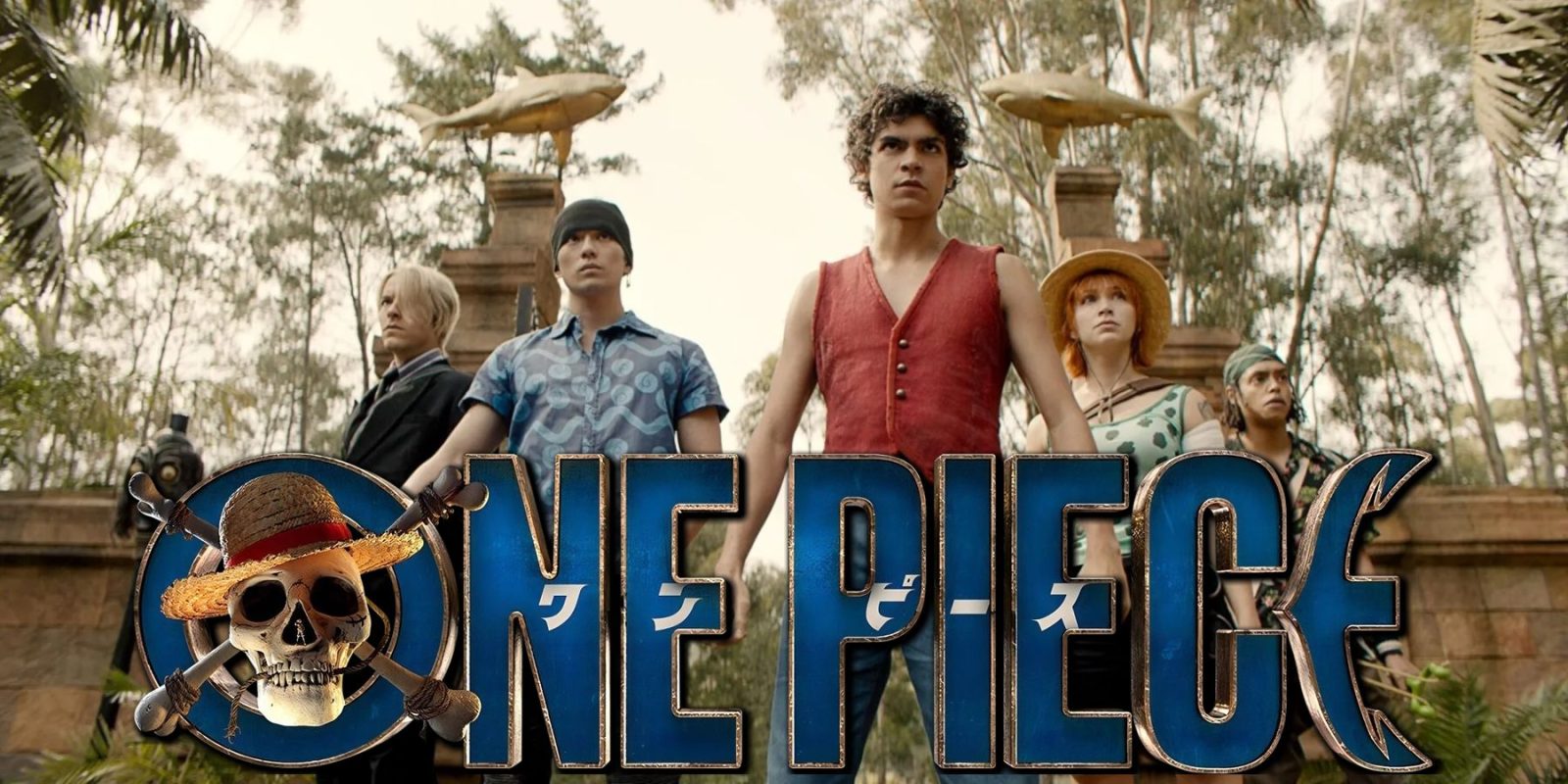


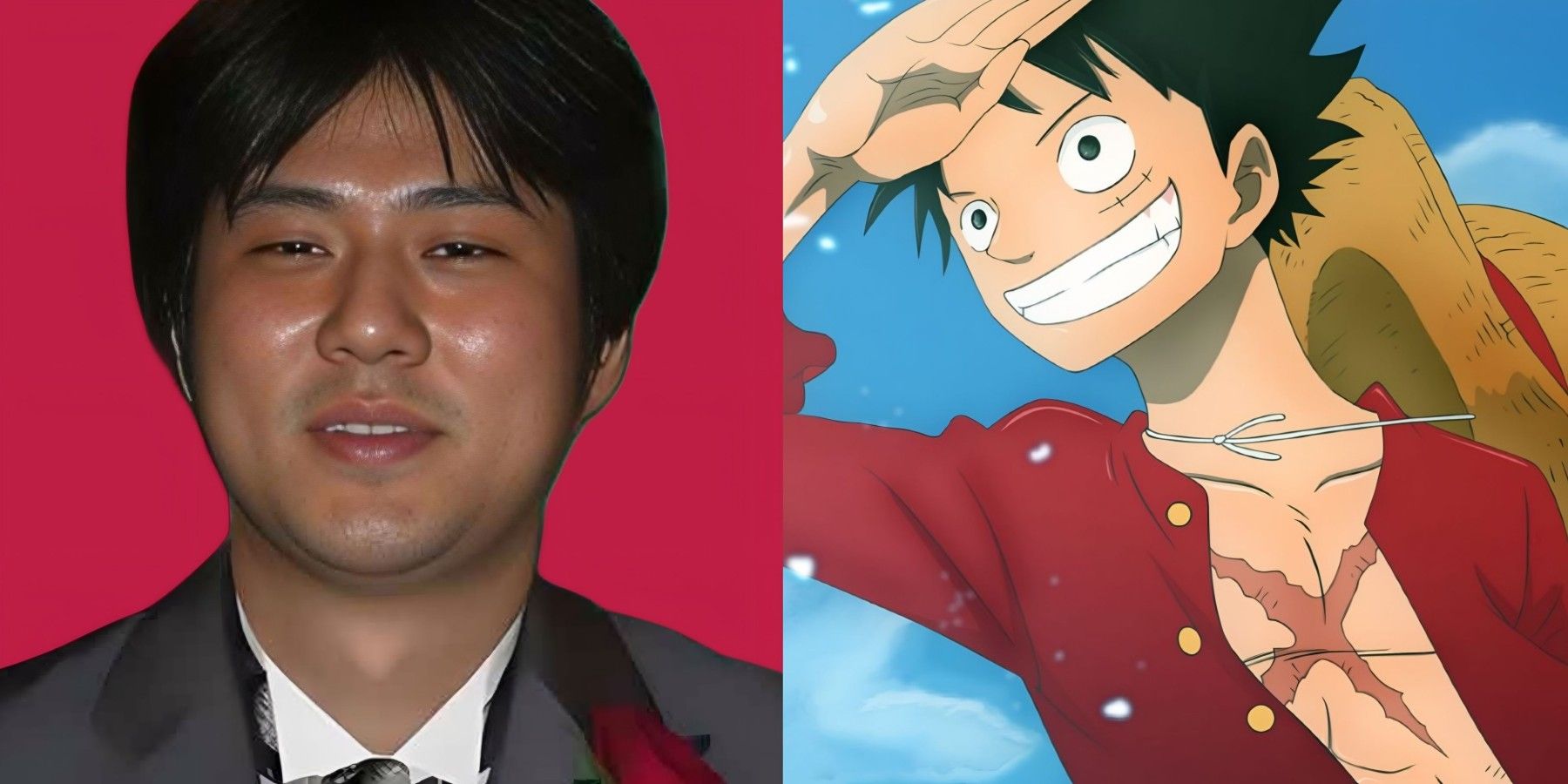
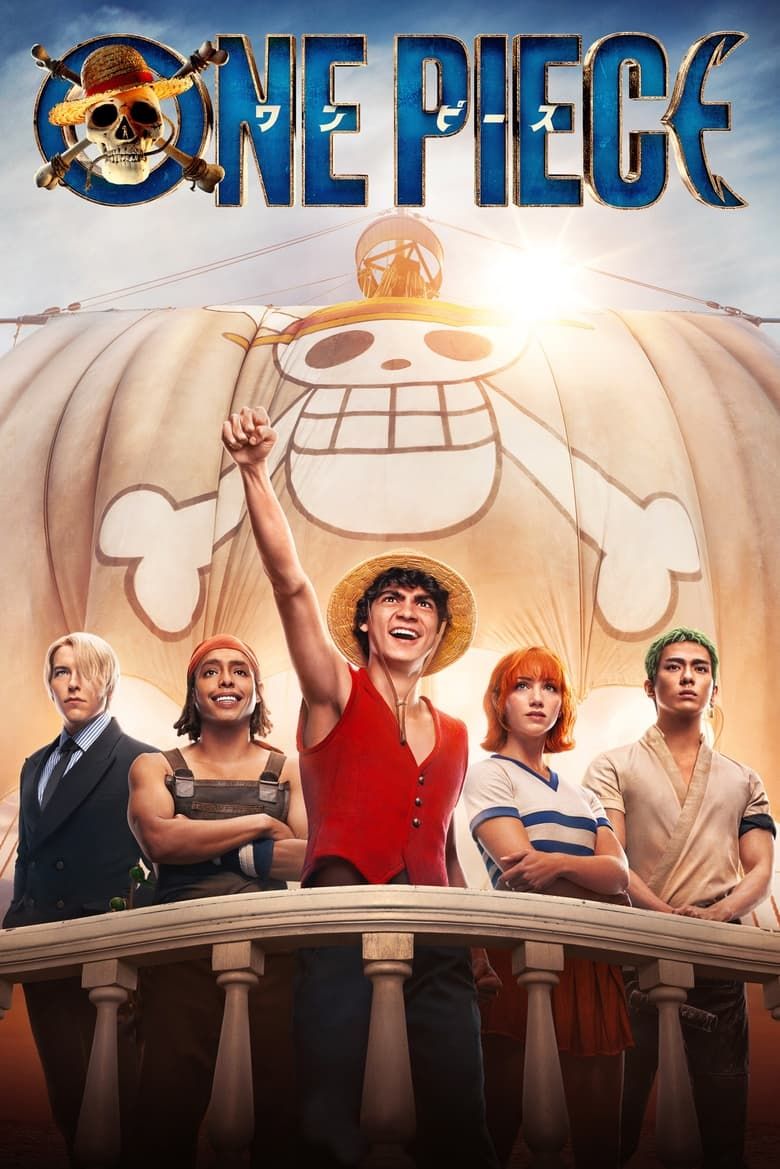









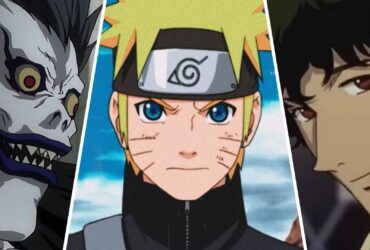
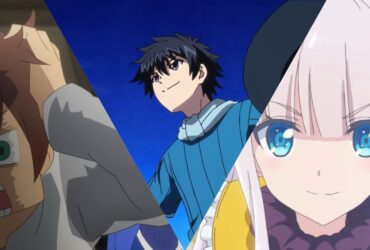

Leave a Reply